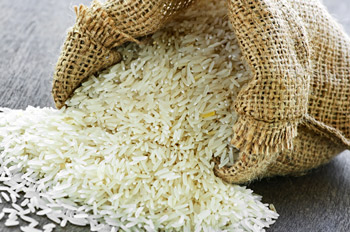What You Can Do to Limit Exposure to Arsenic
Tips to limit exposure to Arsenic
Check your well water
If your drinking water comes from a well, test your water in the spring or early summer to make sure arsenic levels do not exceed 10 parts per billion (.01 milligram per liter), the federal standard for safe drinking water. Visit https://www.epa.gov/privatewells for information on private well testing.
Eat a varied and nutritious diet
Consumers should eat a varied, well-balanced diet both for good nutrition and for food safety. This approach helps to promote the intake of important nutrients, as well as minimize potential adverse consequences from consuming an excess of any one food.
Learn about juice recommendations for children
For parents concerned about arsenic exposure from fruit juices, recommendations for nutrition from the American Academy of Pediatrics (AAP) may be helpful. The AAP recommends that:
- Infants under 1 year of age should not drink juice.
- Toddlers ages 1-3 should not drink more than 4 ounces of juice per day.
- Children ages 4-6 should not drink more than 4 to 6 ounces of juice per day.
- Children ages 7-18 should not drink more than 8 ounces of juice per day.
Get strategies for rice and infant rice cereal
Rice tends to absorb arsenic more readily than other crops, however, consumers can certainly eat rice as part of a well-balanced diet. For infants, this includes infant rice cereal. The AAP advises parents to feed infants and toddlers a variety of grains as part of a well-balanced diet. Rice cereal fortified with iron is a good source of nutrients for your baby, but it shouldn’t be the only source and does not need to be the first source. Other iron fortified infant cereals include oat, barley and multigrain. In addition to being nutritious, they are similarly effective as rice for infants with esophageal reflux tendencies.
Published studies, including research by the FDA, show that cooking rice similar to how pasta is cooked can reduce 40 to 60 percent of the inorganic arsenic content, depending on the type of rice. However, this method of cooking rice in excess water—using 6 to 10 parts water to 1 part rice and then draining the excess water—also results in lowering the nutritional value of enriched polished and parboiled rice. Specifically, cooking in excess water reduces the levels of folate, iron, niacin and thiamine, nutrients that are added to polished (white) and parboiled rice as part of the enrichment process, by 50 to 70 percent.
The FDA research also shows that rinsing rice before cooking has a minimal effect on the arsenic content of the cooked grain and will wash off iron, folate, thiamine and niacin from polished and parboiled rice.


